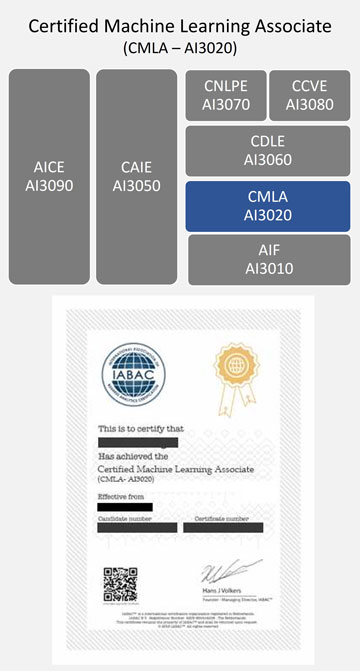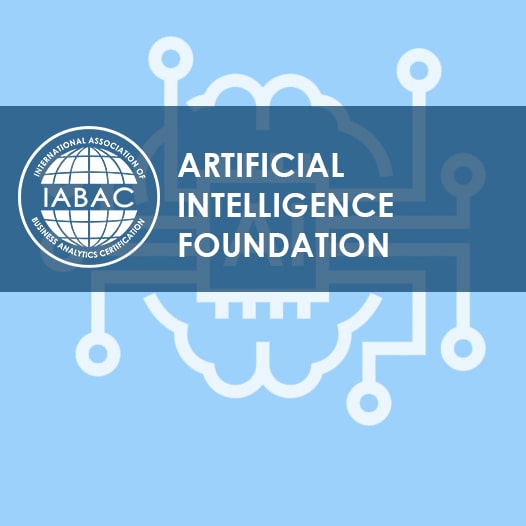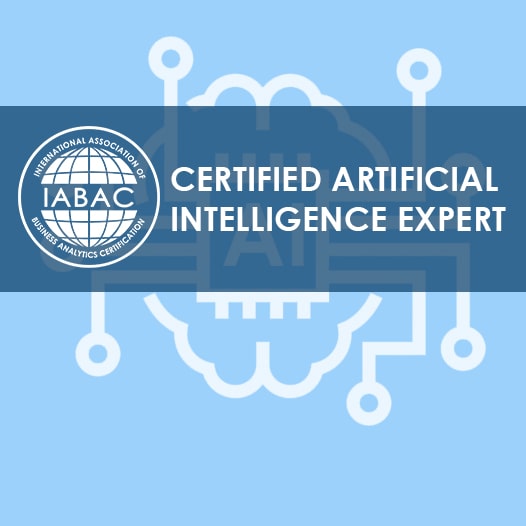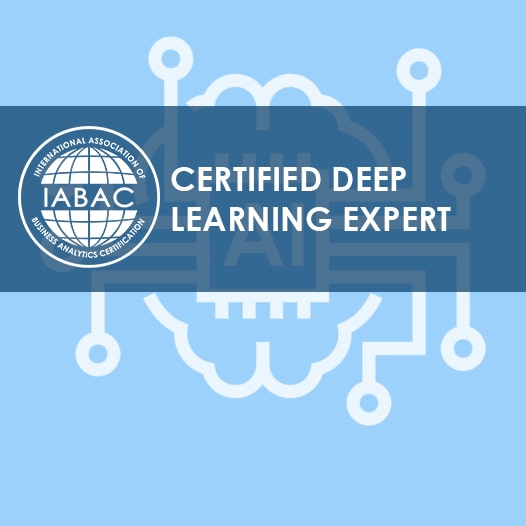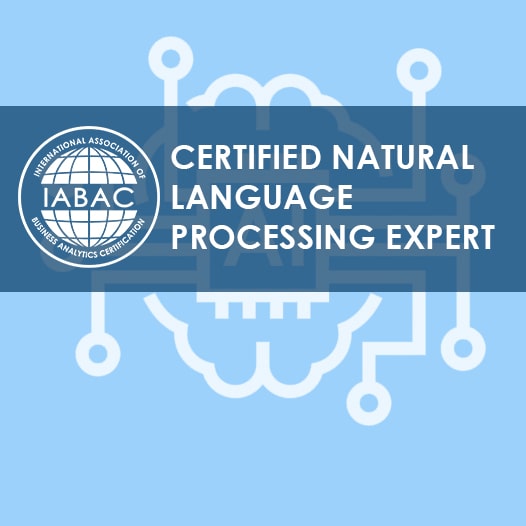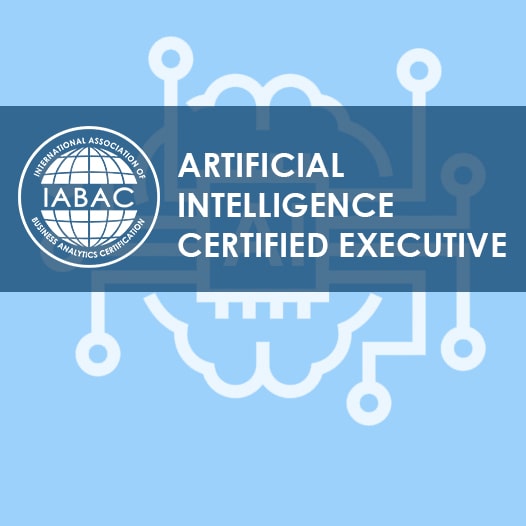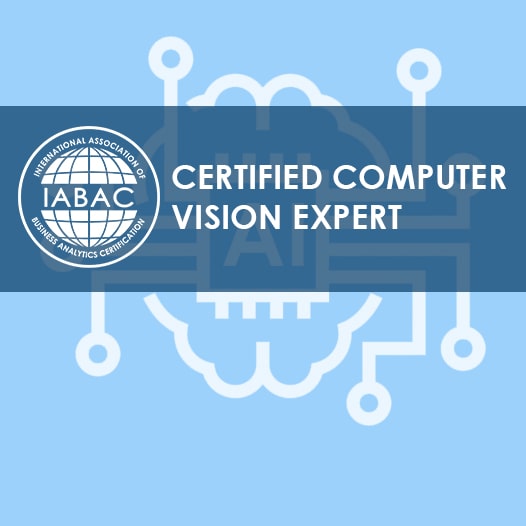Prerequisite Certification
Strong foundation in mathematics and statistics: A solid understanding of concepts like algebra, calculus, and probability is essential for grasping the mathematical principles underlying machine learning algorithms. Proficiency in statistics is also necessary to analyze and interpret data effectively.
Programming skills: Having a strong command of programming languages such as Python, R, or Java is crucial for implementing machine learning models. Knowledge of data manipulation, handling libraries like NumPy and Pandas, and writing efficient code are essential for success in the certification journey.
Familiarity with data analysis and visualization: Being able to explore and analyze data sets is a fundamental skill in machine learning. Understanding how to preprocess and clean data, identify patterns, and visualize insights using tools like Matplotlib or Tableau is vital for effective machine learning applications.
Knowledge of machine learning algorithms: Acquiring a comprehensive understanding of various machine learning algorithms, including supervised and unsupervised learning, regression, classification, and clustering, is essential for the certification process. Being able to choose and apply the appropriate algorithm to solve different problems is a crucial skill for a machine learning practitioner.
Strong problem-solving and critical thinking abilities: Machine learning involves solving complex problems and making decisions based on data analysis. Having a strong problem-solving mindset, critical thinking skills, and the ability to approach challenges creatively are essential prerequisites for pursuing the Certified Machine Learning Associate Certification.
Who can pursue this certification?
The Certified Machine Learning Associate certification is typically designed for individuals who have a foundational understanding of machine learning concepts and techniques and want to validate their knowledge and skills in the field.
Students: Undergraduate or graduate students studying computer science, data science, statistics, mathematics, or related fields can pursue the certification to enhance their knowledge and demonstrate their proficiency in machine learning concepts.
Data Analysts: Professionals working as data analysts who want to expand their skill set and gain expertise in machine learning techniques can pursue the certification to strengthen their knowledge of data preprocessing, feature engineering, and building predictive models.
Software Engineers: Software engineers interested in developing machine learning applications or incorporating machine learning algorithms into their software systems can pursue the certification to gain a solid understanding of machine learning principles and techniques.
Data Scientists: Data scientists who want to validate their expertise in machine learning and demonstrate their ability to develop and implement machine learning models can pursue the certification to showcase their skills to employers or clients.
Business Analysts: Business analysts who work with data and want to leverage machine learning to extract insights and make data-driven decisions can pursue the certification to enhance their understanding of machine learning algorithms and their applications.
Professionals in Related Fields: Individuals working in fields such as finance, healthcare, marketing, or any industry where machine learning is increasingly applied, can pursue the certification to expand their Knowledge and apply machine learning techniques to their domain-specific challenges.
Data Scientists, Software Developers, and Engineers: Pursue the Certified Machine Learning Associate Certification to specialize in machine learning and create intelligent software applications.
Business Analysts and Consultants: Gain the skills to analyze data and drive business decisions by obtaining the Certified Machine Learning Associate Certification.
Graduates and Students: Enhance your employability and stand out in the job market with the Certified Machine Learning Associate Certification.
Professionals Seeking Career Transition: Switch careers and enter the world of machine learning with the Certified Machine Learning Associate Certification.
Open to All: The Certified Machine Learning Associate Certification welcomes learners from diverse backgrounds, offering a comprehensive understanding of machine learning concepts and practical applications.


